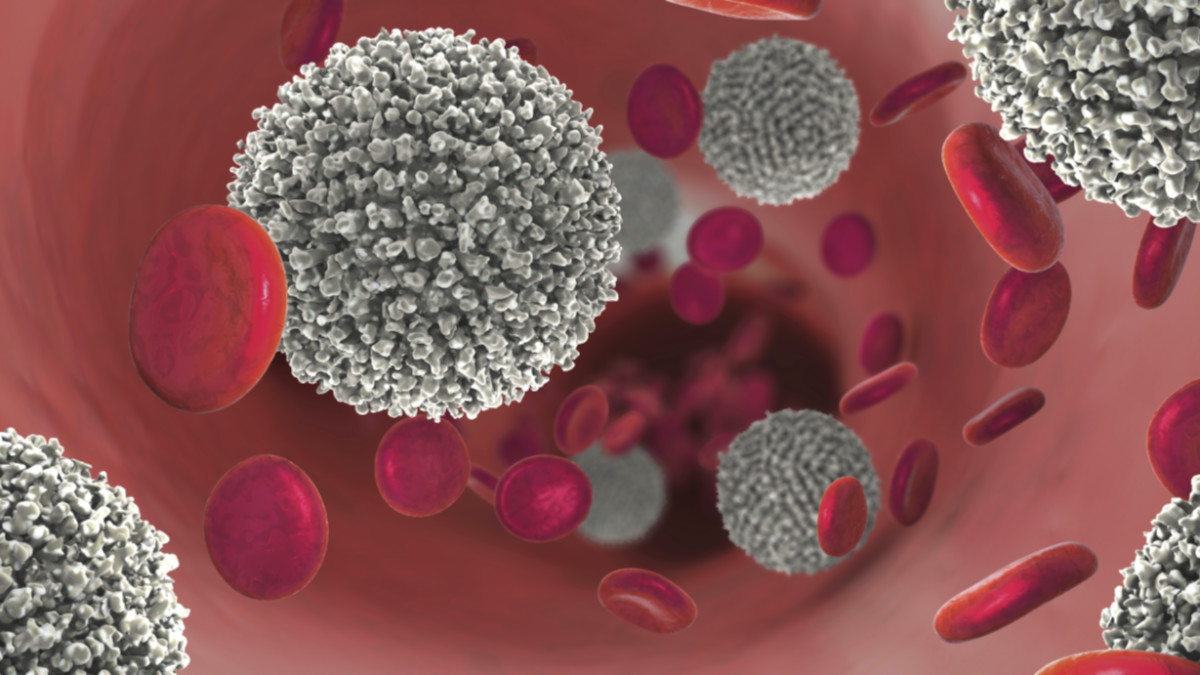Blood cancer is becoming a big killer but there are only a handful of ASX stocks fighting it

Here are the ASX stocks fighting blood cancer
There are several ASX stocks fighting cancer but only a few are addressing blood cancers.
The Leukaemia Foundation has released figures showing that blood cancers are becoming an increasing concern, having grown by 30 per cent over the last decade and expected to more than double by 2035.
They are now the second most diagnosed cancer in Australia. They are also the second most common cause of cancer related deaths in the country.
A handful of ASX stocks are targeting these diseases.
Blood cancer fighting ASX stocks
One notable stock is Race Oncology (ASX:RAC) which has grown from 5 cents to over $1.65 in 18 months.
It is targeting several cancers but has focused on a rare blood cancer called acute myeloid leukemia (AML) with a drug called Bisantrene.
But Race picked it up and last June it notched up solid results from a Phase II clinical trial against AML.
Another stock is Prescient Therapeutics (ASX:PTX) which is targeting multiple cancers, one of which is is AML.
The company is currently conducting a phase 1/2 open-label studies testing the company’s PTX-200 drug candidate in combination with chemotherapy to treat 40 leukemia patients.
Prescient also possesses a cell therapy (OmniCAR) which is designed to block growth signals found in cancer cells rather than drugs.
While these two ASX stocks fight blood cancer with drugs or therapy, there are a handful of others seeking to improve diagnostics of cancers generally.
The best performer in the past 12 months is Rhythm Biosciences (ASX:RHY) which is developing a blood-based cancer detection test, albeit for bowel cancer.
The company has grown from 4 cents to $1.17 in less than a year as it has advanced closer to its flagship 1,000 patient clinical trial.
At Stockhead, we tell it like it is. While Prescient Therapeutics is a Stockhead advertiser, it did not sponsor this article.
Related Topics

UNLOCK INSIGHTS
Discover the untold stories of emerging ASX stocks.
Daily news and expert analysis, it's free to subscribe.
By proceeding, you confirm you understand that we handle personal information in accordance with our Privacy Policy.








